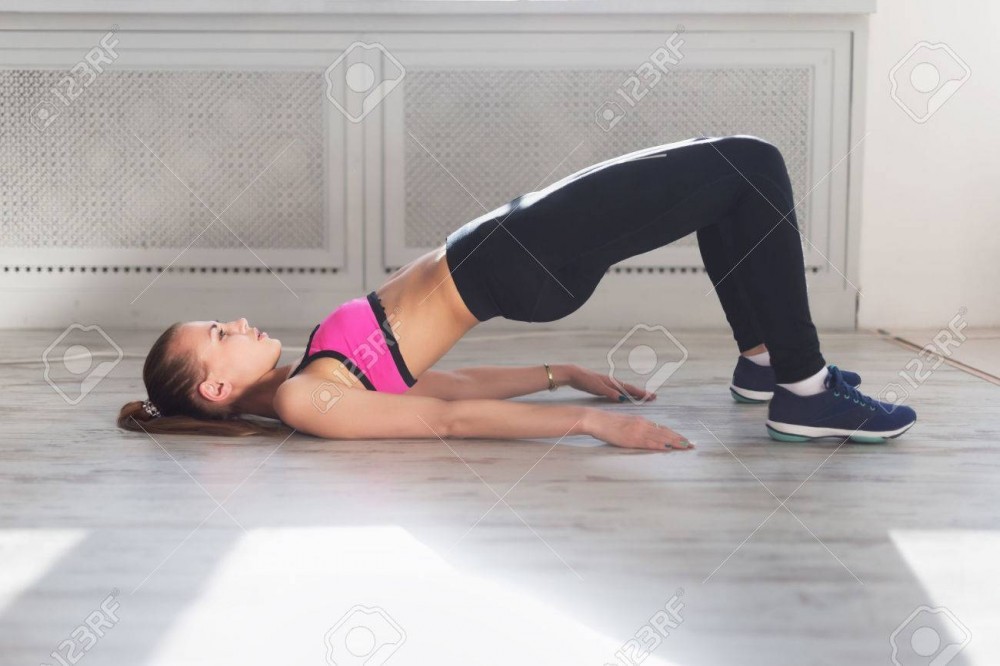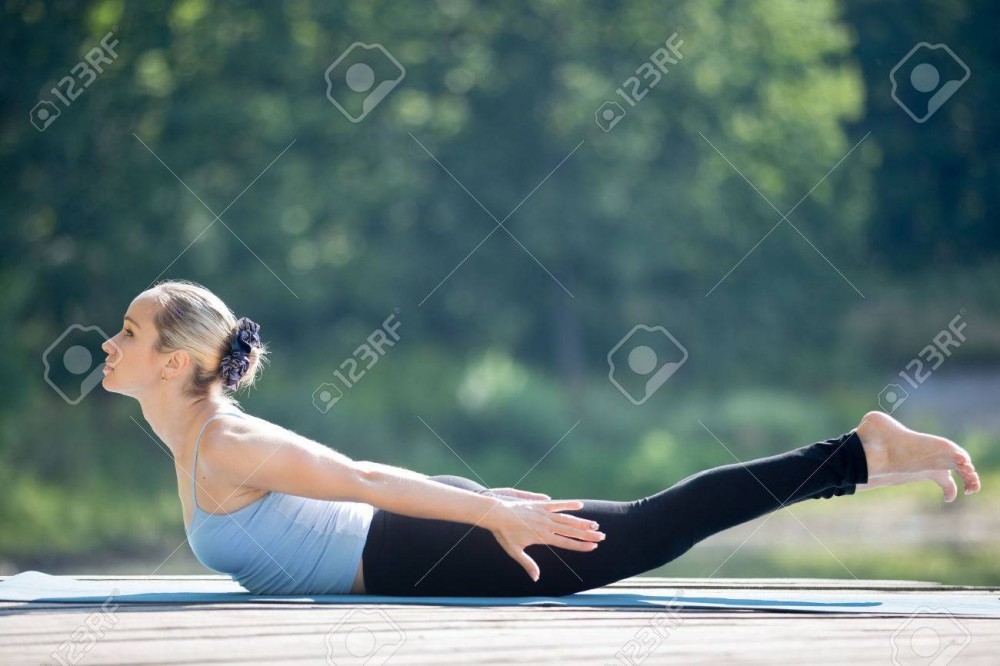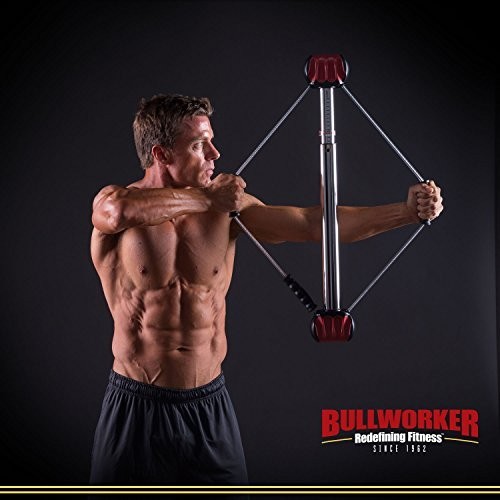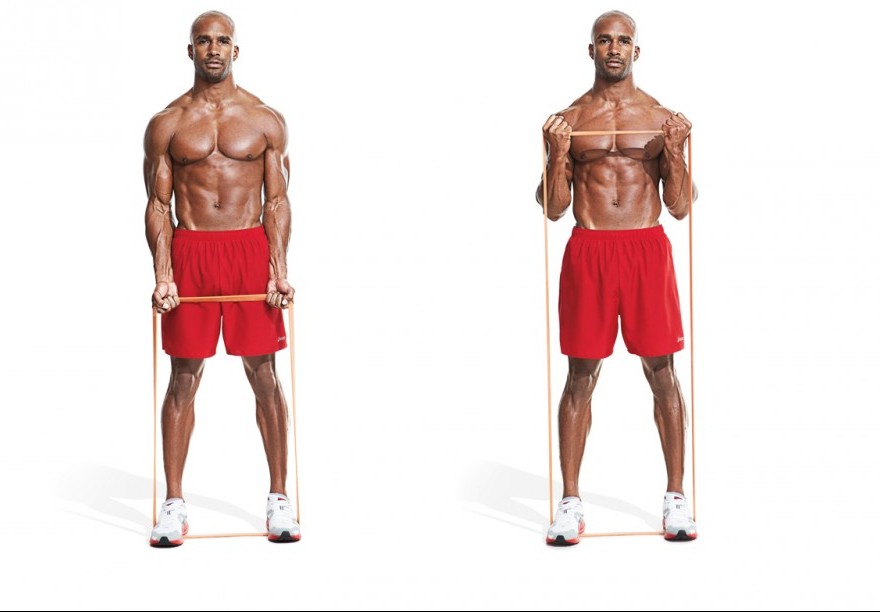CONTINUING WITH SPECIALIZATION
I recently completed an article on chest / triceps workouts. Today’s emphasis will be on back / biceps workouts. Chest sets generally involve pushing, as exemplified by bench presses or push – ups. To quickly review, the larger muscle group, the pectorals, should be worked prior to the smaller triceps. This prevents the triceps from becoming prematurely exhausted.
Similarly, the back should be worked prior to the biceps. Back and biceps sets are generally pulling movements, thus compatible when worked within the same program.
Another quick review: the whole point of specializing on a couple of muscle groups is to temporarily focus on areas that may be lagging behind. Both serious bodybuilders and regular people realize the value of a symmetrical physique.
THE BACK MUSCLES
Enable you to stand up with good posture and to protect your spine. They also allow you to reach and pull.
THE LATISSIMUS DORSI or “lats” are the largest and “showiest” of the muscles of the back. They fan out from the sides of your body to present a V shape. They facilitate reaching with your arms. These muscles receive the most attention of all the back muscles by knowledgeable weight trainers.
THE TRAPEZIUS or “traps” are between your neck and your shoulder. They extend down to your lower back, but are most easily seen from the front. They work the shoulder blades and movements such as shrugs.
THE SPINAL ERECTORS, or erector spinae muscles, enable you to extend your back in all directions. They also protect your vertebrae and promote good posture.
RHOMBOIDS are below the trapezius. They drive the back and forth movements of the shoulder blades, or scapulae.
THE TERES MAJOR MUSCLE lies beneath the latissimus dorsi and facilitates pulling the arms downward or inward.
THE TERES MINOR MUSCLE is within the rotator cuff and rotates the shoulder joint.
THE POSTERIOR DELTOID MUSCLE is at the back of the shoulder (not shoulder blade). It moves the shoulder in horizontal abduction.
THE INFRASPINATUS MUSCLE is part of the rotator cuff. It extends the arms and rotates them laterally.

THE BICEPS
The biceps is a two – headed muscle at the front of the upper arm. This is the biceps brachii, Latin for the two headed muscle of the arm. The primary function of the biceps is to flex the elbow and rotate the forearm.
The two heads work as a single muscle. The short head originates at the top of the scapula and the long head originates at the shoulder joint. Both heads join at the elbow.
The biceps helps to control the motion of two joints, the shoulder and the elbow.
The long head pulls the arm away from the trunk (abduction), while the short head pulls the arm back toward the trunk (adduction).

BACK EXERCISES AT HOME
This will of course depend upon your available equipment. We will consider resistance cords, dumbbells and Bullworker products since these are easily and reasonably obtained. I am not familiar with any important bodyweight movements for the back or biceps.
Here are a couple of warm – up suggestions. The images should be self – explanatory.


RESISTANCE CORDS – attach the cords to a stable door at about chest level. (Be sure to get the door attachment with any set of resistance cords). Facing the door, pull each cord to the sides of your body, pulling slowly and then releasing slowly. Go for 10 – 20 repetitions, depending on the “weight” of the cords and your strength level.
Or…..sit down with outstretched legs and back straight. Place the resistance cords securely around your feet at the arches. Then pull each cord straight back as far as you can. Do this slowly in the manner of the movement when standing and pulling from the door.
Here is a complete set of cords (or tubes) with all accessories from Amazon. As an Amazon associate, I may earn from qualifying purchases.
DUMBBELLS – bend over at an angle of 45 – 90 degrees. Draw the weight up as you squeeze your shoulder blades. This may be done with one dumbbell or two. I prefer using one at a time. This is the dumbbell row.
And….sit on the edge of a bench or ottoman. Bring your chest down to your thighs as you raise the dumbbell and squeeze your shoulder blades. This can also be done with two dumbbells or one at a time. This movement works the rear deltoids and can not be considered only an alternative to the dumbbell row above.
And….stand with a dumbbell in each hand, knees slightly bent and feet shoulder width apart. Lower the dumbbells to the tops of your feet by bending at the waist, with little or no knee bend. Stop as you feel a stretch in your hamstrings and then return to the starting position. This engages the lower back, glutes and hamstrings.
The latissimus dorsi, rear deltoids, lower back and glutes are worked when all three of the above are done.
Lighter dumbbells with accompanying stand are shown here and are available from Amazon.
Heavier and adjustable dumbbells are shown here, also from Amazon.
BULLWORKER STEEL BOW AND BOW CLASSIC – are the two Bullworker products that I use, though there are several others in their line – up. All the back movements may be done by either of these two devices. The Bow Classic is larger and provides a greater range of motion in back workouts. There are 3 springs, with resistance levels as follows:
- 0 – 32 pounds
- 0 – 80 pounds
- 0 – 130 pounds
I prefer the Bow Classic for back exercises and the Steel Bow for chest compressions and triceps exercises. Both work well together and the springs are quite easy to change so as to accommodate varying resistance needs.
Here is a picture that shows the archer movement, a back exercise to be detailed below.

The archer is done on each side of the body to work the upper back latissimus dorsi muscles. Elbows are held high. One arm is extended and the other arm spreads the cable.
The cable spread is done by holding the Bow Classic in front of your body, elbows high. Pull the cables apart evenly.
The seated lat push – down is done from a position seated on the floor. The Bow Classic is placed upright at approximate knee level. You will then press down from the top grip.
Points to remember:
- I do the above 3 exercises, but there are 10 – 12 other back options that may be considered. These are thoroughly explained in an accompanying manual.
- An isometric hold is part of the Bullworker philosophy. This is usually 7 to 10 seconds at the beginning or end of each set. Some people only do the isometric holds, especially those with joint issues.
- “Bullworkers” can be used in what appears to be thousands of ways. There is instruction, but not dogma. For example, I do my isometric holds at the end of each set, which allows me to focus on the reps. Many others do the opposite.
- Bullworker also has an Iso Bow, which is great for strictly isometric movements, stretching and remedial programs.
Check here for complete information on the Bullworker line.
WORKING THE BICEPS AT HOME
Still assuming the presence of all or some of the following:
- Resistance cords
- Dumbbells
- Bullworkers
This will be briefer since the curl is the basic biceps muscle builder.
RESISTANCE CORDS – stand on the midpoint of your cords, with handles in each hand. Curl upward to your shoulder with both hands. Then let the weight down slowly. This could be done with one hand at a time, but I would prefer both hands at once doing the curling.

DUMBBELLS – simply curl the dumbbell up to your shoulder and then release it downward slowly to get the full effect of the negative part of the curl.

It is always better to brace your upper arms against a solid cushion of some kind. This isolates the biceps and eliminates any arm swing which would make the movement easier but less productive. ( I realize that the above image was at a gym and not at a home and that a barbell is being used, not a dumbbell). This was to point out the bracing of the upper arms. I do this from behind a sofa, with my upper arms set in place.
BULLWORKER – hold either the Bow Classic or Steel Bow in front of your body in a horizontal position. Your bottom arm will remain still and your upper arm will curl upward against the resistance.
Resistance cords, dumbbells and Bullworkers all have several other options for biceps development. I am sticking with basics.
SUPER SETS
You may want to consider a back exercise followed immediately with a biceps exercise. Always do the back exercise first. There is no rest between the first and second sets, thus your arms will be PUMPED as a result. This calls for lighter weights or other forms of resistance.
Resistance cords, dumbbells and Bullworkers all lend themselves to super setting.
DICK’S SPORTING GOODS
I have enormous respect for this store and it grows daily. They are sacrificing profits by halting all sales of assault type rifles and high capacity magazines. They also do not sell any firearms to anyone under 21 years of age. Here are current items on sale by Dick’s Sporting Goods, available for Online purchasing. Many items may not be relevant to today’s subject matter.
$20 Off Your Purchase Of $100 Or More In-Stores + Online!
Buy More, Save More! $10 Off Every $50 Spent On Select Footwear. Up to $30 In Savings!
Up to 50% Off Select Crossbows
$30 Off Spypoint LINK-MICRO 4G Trail Camera
Buy 2 Get 1 Free Adidas Football Apparel
Up to 40% Off Select Treestands & Accessories
$400 OFF M5 MAX TRAINER$5 Off Select NCAA Nike Tees
CONCLUDING
I will continue with specialization routines for a couple of more posts. But please remember that these are temporary programs. Go back to a complete program as soon as the specialization accomplishes the mission of bringing up the lagging body part.
Keep experimenting with varying exercises, sets, reps and frequencies…but get the rest you need to allow the growth that you have stimulated.
I may include a similar list of Dick’s Sporting Goods items every week. They are offering substantial savings.
Please leave me comments or questions in the “Comments” box below. This engagement is quite important. Or email me – richard@myworkoutathome.com
Chrisman Hughes, if you are reading this, please leave any advice on the Bullworker program that you deem important. Here is the link to Bullworker.
That’s it. Be well!